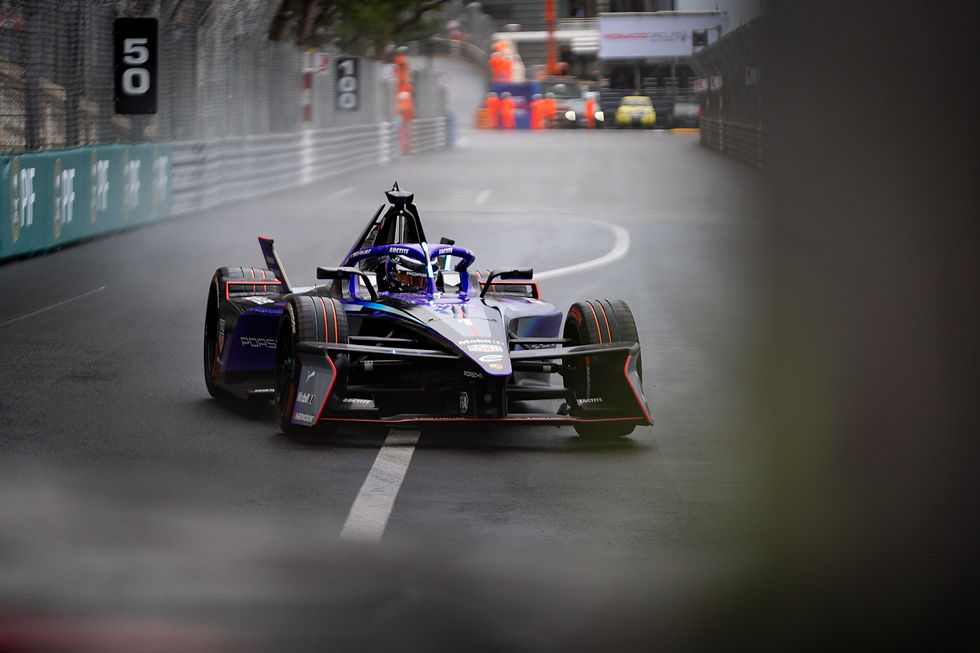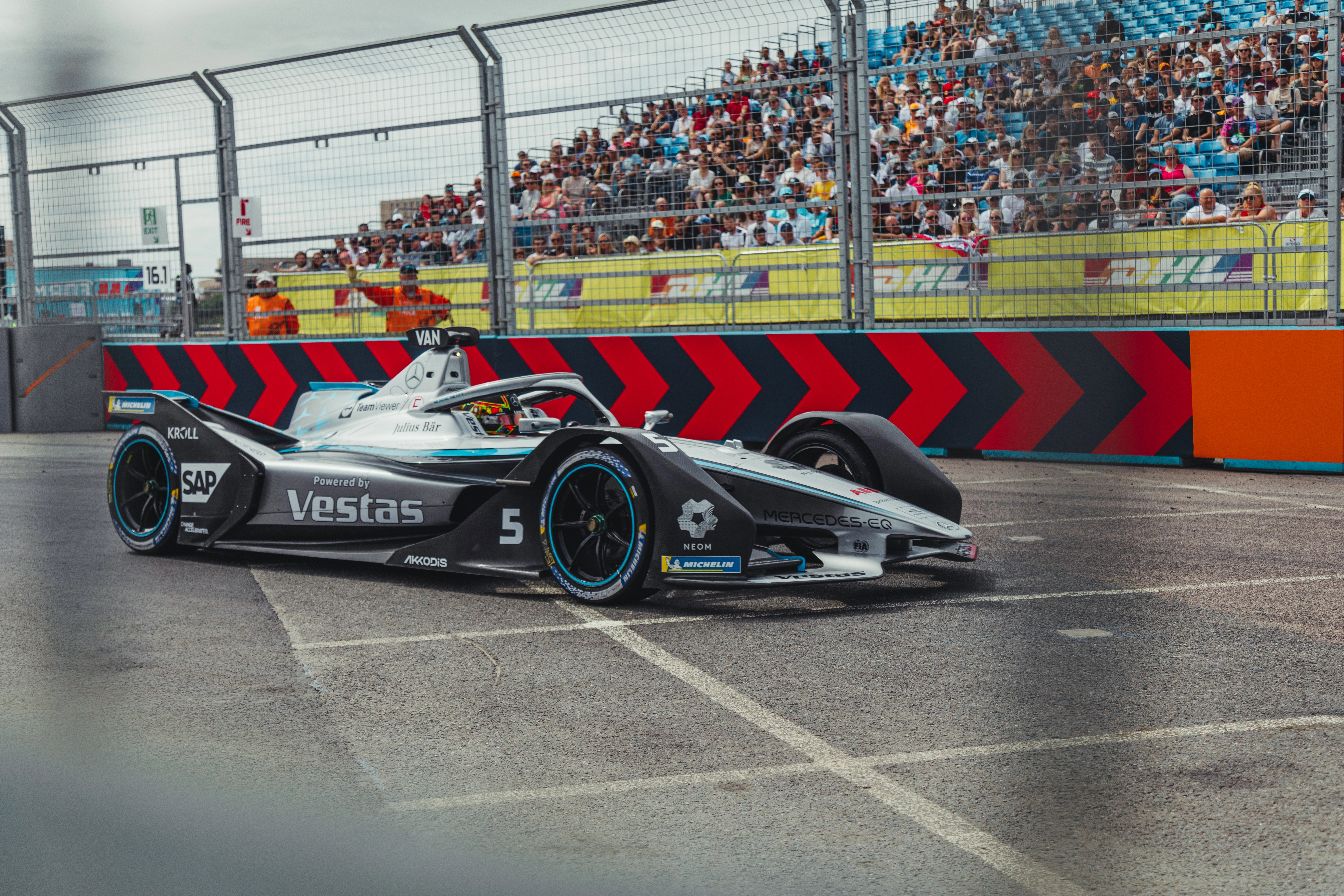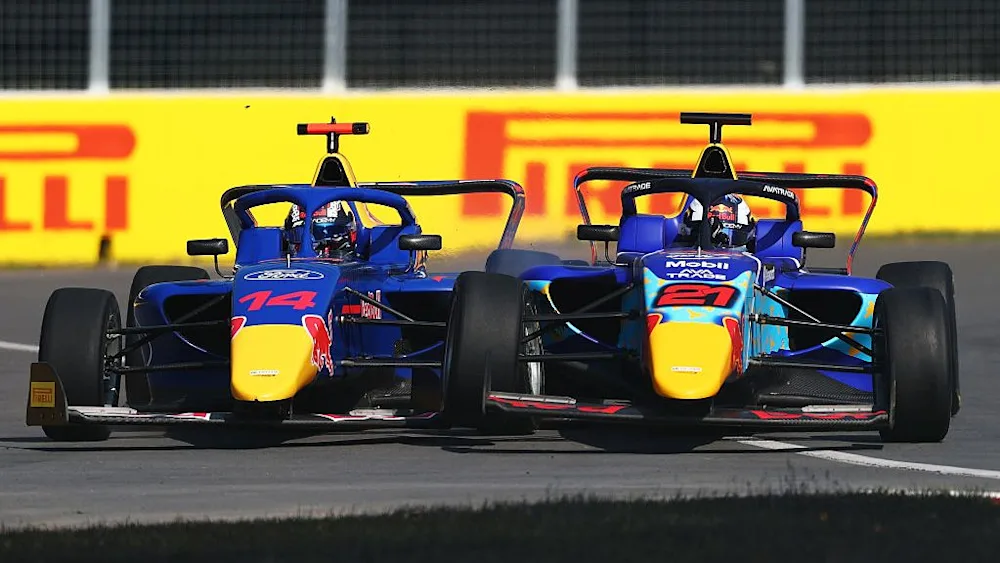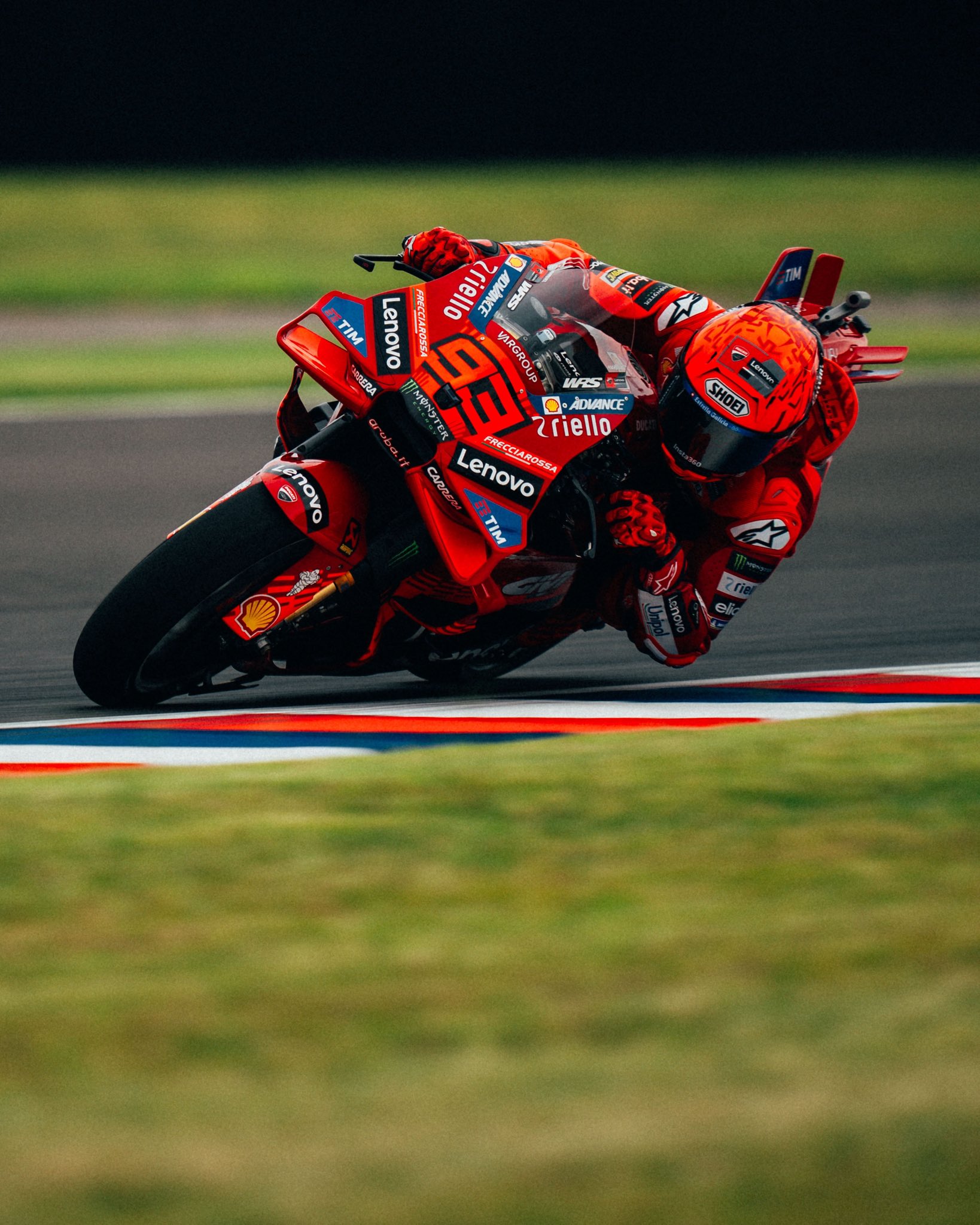The art of ERS: F1’s strategic power play
- Aashna Singh

- May 5
- 3 min read
Written by Aashna Singh, Edited by Tarun Suresh

In Formula One, there are many different components in the car’s gearbox that help push the man-made machine to its limits. In 2025, where power unit performance is highly regulated and aerodynamic innovation has been reigned in, teams and drivers are finding new ways to gain competitive edges. One of the most critical yet least understood by fans is Energy Recovery System (ERS) management.
It’s a hybrid power unit that was first introduced in 2014, and used almost like a temporary electric boost.
That boost comes from two components working together behind the scenes:
The Motor Generator Unit - Kinetic (MGU-K) and the Motor Generator Unit - Heat (MGU-H). Together, they give the car an extra 160 horsepower for about 33 seconds per lap.
MGU-K harvests energy under braking.
The kinetic energy is converted into electric energy and sends power to the battery or directly to the drivetrain. Drivers use this energy as additional power during acceleration. They can adjust the amount of energy deployed and how it is deployed throughout the race.
MGU-H harvests energy from the turbocharger’s heat.
The heat energy gets converted into electrical energy. Then, it can either be stored in the battery or sent directly to the MGU-K to enhance performance. The MGU-H will be removed following the 2026 new regulations.
But while both systems are still in use, drivers have tools at their fingertips to control how that recovered energy is unleashed.
Drivers can select different deployment modes using a button on their steering wheel. Usually, drivers have three different options to deploy. For instance, the hotlap/overtake mode, which maxes out ERS used for overtaking or qualifying, or the charge mode, which conserves battery by harvesting more than deploying and finally, balanced mode, a strategic blend of the two, used through most of the race.

During qualifying, ERS is mostly used to its full power for a fast lap. While in races, it is used for overtaking, defending, or pulling away from rivals. Teams usually use pre-set maps optimized for different track sections.
But there's a limit to how much they can deploy per lap, so timing and strategy are everything. Managing it well can win you the race, or cost you positions if you use it badly. Fortunately, ERS isn’t a one-shot weapon — it recharges in real time during races.
While drivers have to be careful not to use a lot of ERS early on, ERS recharges in real-time during races. All the energy returns to the battery, which has a maximum capacity of 2 megajoules (MJ) per lap from the MGU-K. The maximum capacity is 4 MJ overall.
Teams also need to take into consideration that recharging too much equals to a loss of performance due to added drag/braking effect. Usually, there are plans of harvest zones where the car can recover energy with minimal lap time loss. Sometimes, full recharge takes multiple corners or full laps, depending on driving style and track layout.
ERS management is no longer a “hidden” part of F1—it’s a skill, a strategy, and in some cases, the difference between P1 and P4. In 2025, the smartest energy user might just be the driver lifting the championship trophy.












Comments